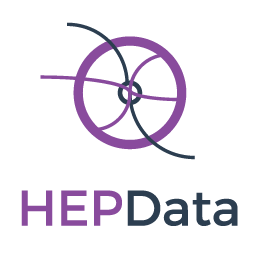Contributing¶
Contributions are welcome, and they are greatly appreciated! Every little bit helps, and credit will always be given.
Types of Contributions¶
Report Bugs¶
Report bugs by opening a GitHub issue or by sending an email to info@hepdata.net.
Fix Bugs¶
Look through the GitHub issues for bugs. Anything tagged with “type: bug” is open to whoever wants to implement it.
Implement Features¶
Look through the GitHub issues for features. Anything tagged with “type: enhancement” is open to whoever wants to implement it.
Write Documentation¶
HEPData could always use more documentation, whether as part of the official HEPData docs, in docstrings, or even on the web in blog posts, articles, and such.
Submit Feedback¶
The best way to send feedback is to send an email to info@hepdata.net.
Alternatively, open an issue at https://github.com/HEPData/hepdata/issues
or post in the HEPData Forum.
If you are proposing a feature:
Explain in detail how it would work.
Keep the scope as narrow as possible, to make it easier to implement.
Remember that contributions are welcome :)
Get Started!¶
Ready to contribute? Here’s how to set up hepdata for local development.
Fork the
hepdatarepo on GitHub.Clone your fork locally:
$ git clone https://github.com/your_name_here/hepdata.git
Install your local copy into a virtualenv as described in Installation.
Create a branch for local development:
$ git checkout -b name-of-your-bugfix-or-feature
Now you can make your changes locally.
When you’re done making changes, check that your changes pass tests as described in Running the tests:
$ ./run-tests.shCommit your changes and push your branch to GitHub:
$ git add . $ git commit -s -m "Your detailed description of your changes." $ git push origin name-of-your-bugfix-or-feature
7. Submit a pull request through the GitHub website, perhaps initially as a draft pull request until you make sure that all checks have passed.
Pull Request Guidelines¶
Before you submit a pull request, check that it meets these guidelines:
The pull request should include tests and must not decrease test coverage.
If the pull request adds functionality, the docs should be updated. Put your new functionality into a function with a docstring.
The pull request should work for Python 3.8 and 3.9. Check https://github.com/HEPData/hepdata/actions?query=event%3Apull_request and make sure that the tests pass. Sometimes there are temporary failures, for example, due to unavailability of an external service or the test infrastructure. If you have sufficient permissions for the repository, you can restart failed jobs by clicking on “Re-run jobs” then “Re-run failed jobs”.

